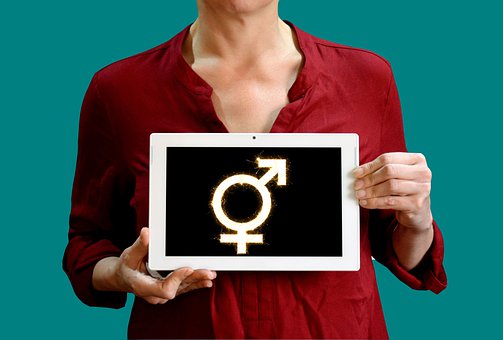Balanced decision making. Together.
Gender Equality Simulator (GenEqSIM)

A computational model developed in-house to support organisations in assessing gender imbalances
This project is about the development of a simulation model of human resources processes in organisations of different sizes. It simulates the workforce and its evolution over time under different assumptions about gender discrimination. The simulated population is taken as the basis to estimate statistical methods commonly used to detect gender inequality. This approach will allow for a better understanding of which statistical model captures the best the different types of discrimination and helps improve these assessment tools.
The modelling approach
Rather than developing a statistical simulation model, we opted for an agent-based model to simulate each worker individually. Workers have different characteristics such as gender, age, education, ability and motivation. Workers interact with each other through their employment at the simulated organisation. They deliver their work and get promoted and paid according to the organisation's rules. In each period, the model provides data on all workers. This model is expected to evolve over time throughout various project stages.
Why a simulation?
Statistical models for detecting gender inequality are normally tested against real-world data from labour market surveys. The main issue with this approach is that we do not know what types of discrimination are actually happening in the analysed organisations. This makes it difficult to see the extent in which a given model correctly detects different gender inequalities. A simulation overcomes this problem by creating an artificial world where all the processes are controlled by the user and thus the true type and magnitude of discriminatory processes is known. Among different simulation techniques, the agent-based simulation approach is a promising approach, because it allows us to manage the complexity of gender-related processes in a corporate setting.
How to use the simulation
We develop the simulation model for different types of analyses, such as:
-
Testing the tests: practitioners use several statistical models to detect gender inequalities within organisations, which continues to fuel the ongoing debate about the best models to identify gender pay gaps. Our model will provide a unique opportunity to test different models against each other in a controlled environment where we can create different types of organisations with different implicit and explicit gender equality practices. We can then show which method identifies what kind of inequality and with what accuracy. Such an analysis can help practitioners chose the correct model according to their definition of discriminatory behaviour within organisations.
-
Understanding the dynamics: research in complex systems has shown that even small differences can result in large discrepancies overtime. In the context of gender equality, small differences between women and men can result in large scale disparities in the opportunities and outcomes they face as workers due to their gender. Our model is able to simulate such phenomena and provide a systemic view of it.
-
Designing corporate-level policies: this simulator can run with real-world data to simulate an actual organisation that allows us to compare different corporate-level policies aiming at reducing gender inequality. Such simulations can help human resources and senior managers to identify the best combination of policies and to get an estimate of the time needed to achieve full equality.
Join our efforts and contribute to this project!
This simulator is an ongoing CORESO initiative. As we encourage collaboration between stakeholders, contributions are welcomed from individuals and organisations interested in this social phenomenon - from researchers to policy makers and practitioners. This collaboration aims at continuously develop the model by sharing use cases that put the simulation to the test and further develops it.